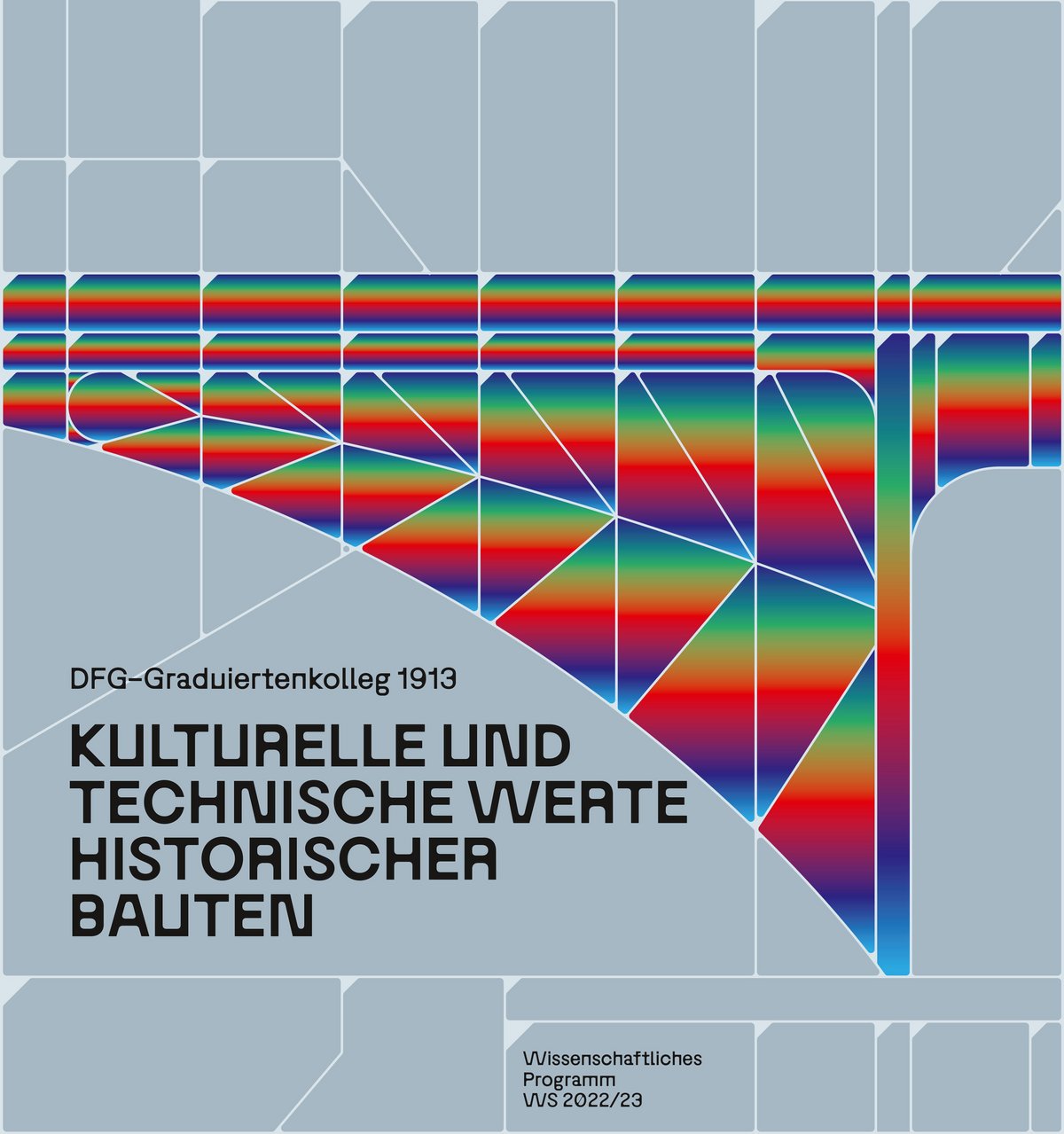Saljuq dome chambers in Iran (11th–12th centuries): Questions of Design and Construction
The lecture will discuss the introduction of the monumental dome chamber during the Saljuq period (11th–13th centuries) as a major step in the development of mosque architecture. More than a dozen of domed mosques from this period, or significant remains of them, survived in Iran, from where the new type subsequently spread to adjacent regions. The lecture is based on extensive field research, on archival material documenting some buildings before or during extensive restorations, and on research on circumstantial evidence from other buildings, written sources and cultural contexts. It also briefly touches upon the general question how and why the change in building types occurred and – in more detail – addresses questions of design and construction: How did builders design the elevation of a dome chamber? Did they have certain proportions in mind to determine the height of the dome and of wall sections below? Recent publications seem to support this assumption, suggesting that applied geometry, which had made significant progress at the time, played a major role in the design of these buildings. The exact documentation of Saljuq dome chambers with 3D laser scanning permits to test statements on measures on individual examples. The Saljuq-period brick constructions are apparently well thought-out and testify to the ability of their builders in planning, but some features of the conctruction indicate that the construction of monumental domes was still in a phase of experiment, which gave way to more routine building during the 13th to 14th centuries.
Lorenz Korn graduated from University of Tübingen with an M.A. in Islamic Studies (Art History and Political Sciences) and from University of Oxford with an M.St. in Islamic Art and Archaeology. He did his PhD at the University with a study on building activities under Ayyubid dynasty in Egypt and Syria (12th–13th centuries). After completing a postdoctoral fellowship at the Aga Khan Center for Islamic Architecture at Harvard University he has worked in several research projects on Islamic architecture, on the relation between coinage and metalwork in Eastern Iran, and on the development of oases in Oman. Since 2003 he holds a professorship of Islamic Art and Archaeology at the University of Bamberg. His research focuses on the history of architecture in the heartlands of Islam (10th–16th centuries), on metalwork, Arabic epigraphy, and on religious symbols of Islam.
The lecture by Prof Lorenz Korn will be held in person in Zeichensaal, Lehrgebäude 2C, ground floor, at BTU Cottbus-Senftenberg. It can also be followed online via zoom. The link for online-participation will be available on the homepage of RTG on the day of the lecture.

